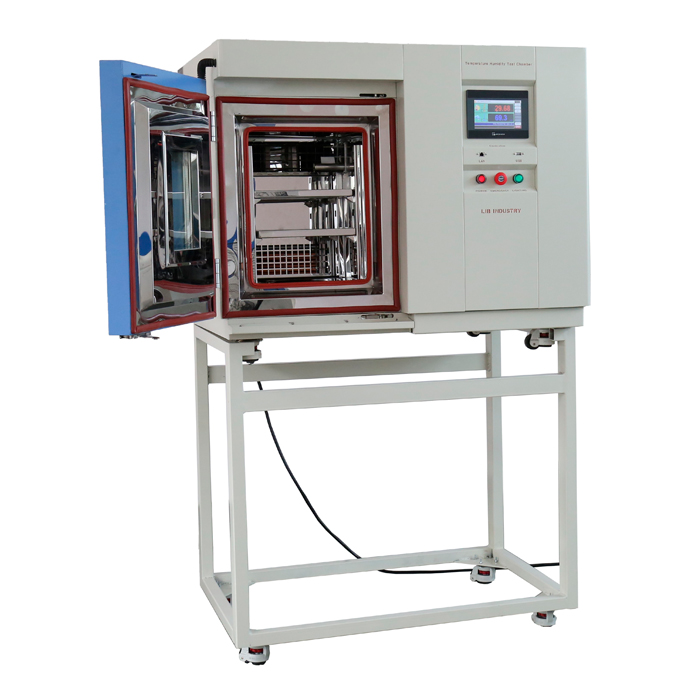What is the purpose of environmental testing?
Environmental testing plays a crucial role in today's rapidly evolving technological landscape. As products become more sophisticated and consumer expectations rise, manufacturers must ensure their goods can withstand various environmental conditions. This is where environmental test chambers come into play, providing a controlled setting to simulate real-world scenarios and assess product performance. Let's delve deeper into the purpose of environmental testing and its significance across different industries.

How Does Environmental Testing Ensure Product Reliability?
Environmental testing is fundamental in guaranteeing product reliability. By subjecting items to various environmental stressors, manufacturers can identify potential weaknesses and make necessary improvements before products reach consumers.
Simulating Extreme Conditions
Environmental test chambers are essential for simulating a diverse array of extreme conditions, such as intense heat, bitter cold, high humidity, and dry environments. These simulations enable manufacturers to assess and enhance the durability, reliability, and overall performance of their products across various climates and challenging situations, ensuring they meet rigorous standards before reaching consumers.
Accelerated Aging Tests
Accelerated aging tests are a significant advantage of environmental testing, as they simulate years of wear and tear within a condensed timeframe. This process allows manufacturers to swiftly evaluate the long-term performance, reliability, and durability of their products, providing critical insights into how they will hold up under prolonged use and varying conditions, ultimately ensuring higher quality and customer satisfaction.
Stress Testing for Quality Assurance
Stress testing is an important part of environmental testing, and when stress testing is performed using an environmental test chamber, items are subjected to various physical challenges such as vibration, shock, and pressure changes. These exacting tests are intended to confirm that goods are resilient and reliable in actual usage, as well as to make sure they can withstand the rigors of handling, transit, and daily use. Sustaining high standards of quality control and client satisfaction depends on this procedure.
How Does Environmental Testing Support Market Access?
Environmental testing is not just about ensuring product quality; it also plays a significant role in helping manufacturers gain access to different markets worldwide.
Meeting Regulatory Requirements
Meeting administrative prerequisites is a basic part of item improvement, as numerous nations implement tough security and execution principles. Environmental testing is a crucial part of manufacturers' efforts to ensure that their products comply with these regulations, easing market entry and expanding into new areas. In addition to supporting legal compliance, this procedure increases consumer trust and boosts global competitiveness.
Enhancing Consumer Confidence
Enhancing consumer confidence is a key benefit of rigorous environmental testing. By thoroughly evaluating a product's durability and reliability under extreme conditions, manufacturers can offer tangible proof of quality. This level of transparency reassures consumers, fostering greater trust in the brand and increasing the likelihood of long-term customer loyalty. Such rigorous validation helps distinguish the brand in a competitive market, highlighting its commitment to delivering dependable and high-performance products.
Competitive Advantage
Gaining a competitive advantage is crucial in a crowded marketplace, and products that undergo comprehensive environmental testing using environmental testing chambers are often more appealing to consumers. By showcasing superior performance under diverse conditions, manufacturers can differentiate their offerings, highlighting their commitment to quality and reliability. This advantage not only attracts discerning customers but also sets the brand apart from competitors, leading to increased market share and brand loyalty.
What Role Does Environmental Testing Play in Product Development?
Environmental testing is an integral part of the product development process, influencing design decisions and driving innovation.
Iterative Design Improvements
Early on in the product development process, environmental testing is invaluable for identifying design flaws or weaknesses. By recognizing these issues, producers can make iterative upgrades, refining their plans to improve sturdiness, usefulness, and dependability. This persistent pattern of testing and improvement prompts the creation of additional vigorous end results, guaranteeing more excellent and better execution, which eventually meets client assumptions and lessens the gamble of expensive disappointments after send off.
Material Selection and Optimization
Material selection and optimization are crucial in product development, and environmental test chambers play a key role in this process. By evaluating different materials under diverse conditions, manufacturers gain critical insights into how each material performs, allowing them to choose the most suitable options for specific applications. This informed selection not only enhances product performance and longevity but also ensures that the final product can withstand the environmental stresses it will encounter, ultimately leading to higher quality and customer satisfaction.
Validation of Design Concepts
Validation of design concepts through environmental testing is a critical step before full-scale production. This process allows manufacturers to confirm that their designs perform as intended under real-world conditions. By identifying and addressing potential issues early, significant time and resources are saved, preventing costly problems down the line. This proactive approach ensures that only the most robust and reliable designs proceed to production, reducing risks and enhancing overall product quality.
Conclusion
In conclusion, environmental testing serves multiple crucial purposes in today's manufacturing landscape. From ensuring product reliability and supporting market access to playing a vital role in product development, the importance of environmental testing cannot be overstated. As consumer expectations continue to rise and regulatory requirements become more stringent, the role of environmental test chambers in product development and quality assurance will only grow in significance.
If you're looking to enhance your product testing capabilities and ensure your items meet the highest standards of quality and reliability, consider investing in state-of-the-art environmental test chambers. For more information about our comprehensive range of environmental testing solutions, please contact us at info@libtestchamber.com. Our team of experts is ready to help you find the perfect testing solution for your specific needs.
References
1. Smith, J. (2022). Environmental Testing: Ensuring Product Reliability in a Changing World. Journal of Quality Assurance, 45(3), 112-128.
2. Johnson, A., & Brown, T. (2021). The Impact of Environmental Testing on Global Market Access. International Journal of Regulatory Affairs, 18(2), 75-92.
3. Lee, S., et al. (2023). Accelerated Aging Tests: Predicting Long-term Product Performance. Materials Testing Quarterly, 56(4), 201-215.
4. Garcia, M. (2022). Environmental Test Chambers: Driving Innovation in Product Development. Engineering Design Today, 33(1), 45-60.
5. Wilson, R. (2021). The Role of Environmental Testing in Meeting Global Regulatory Standards. Compliance Management Review, 29(3), 88-103.



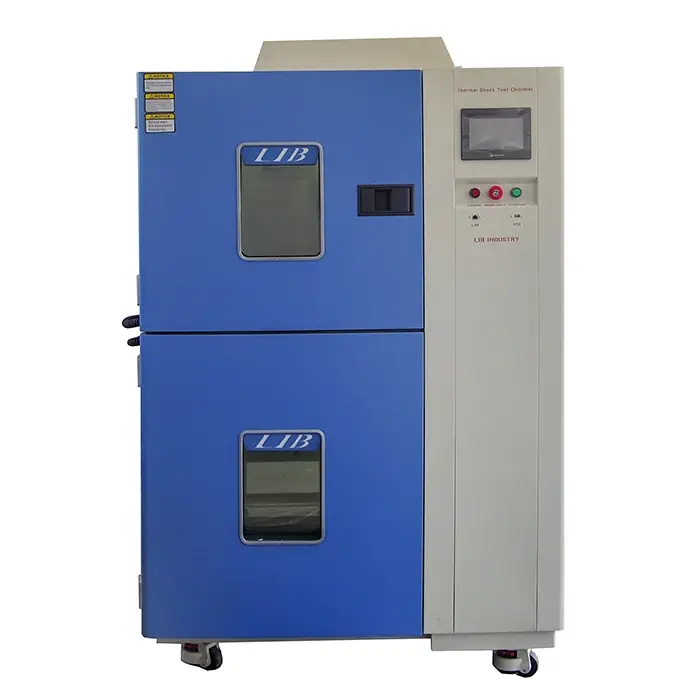
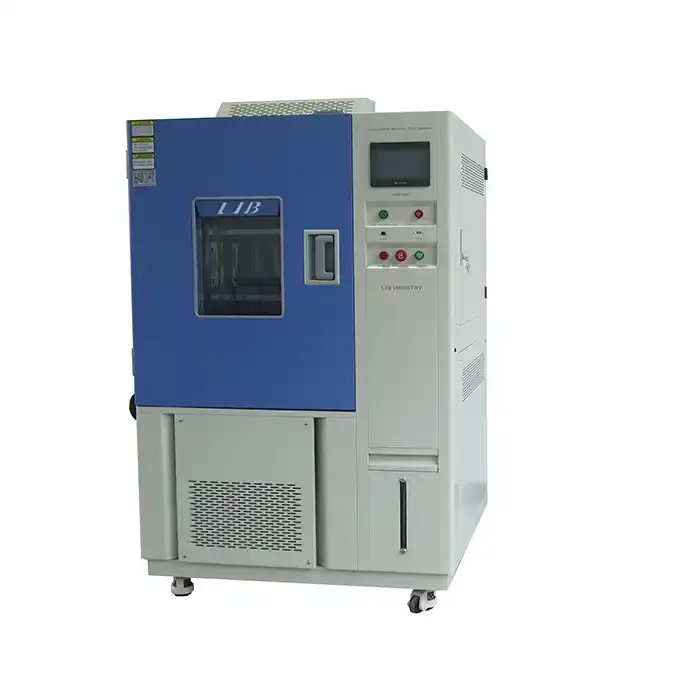
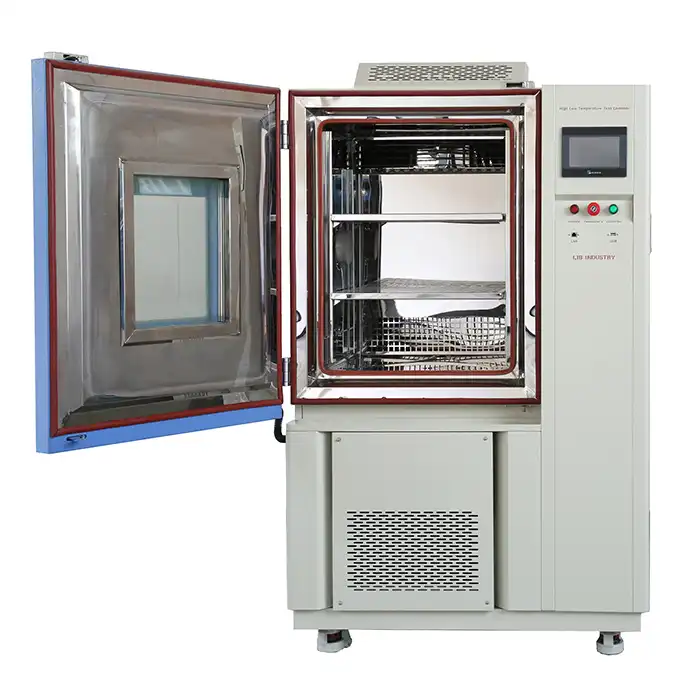
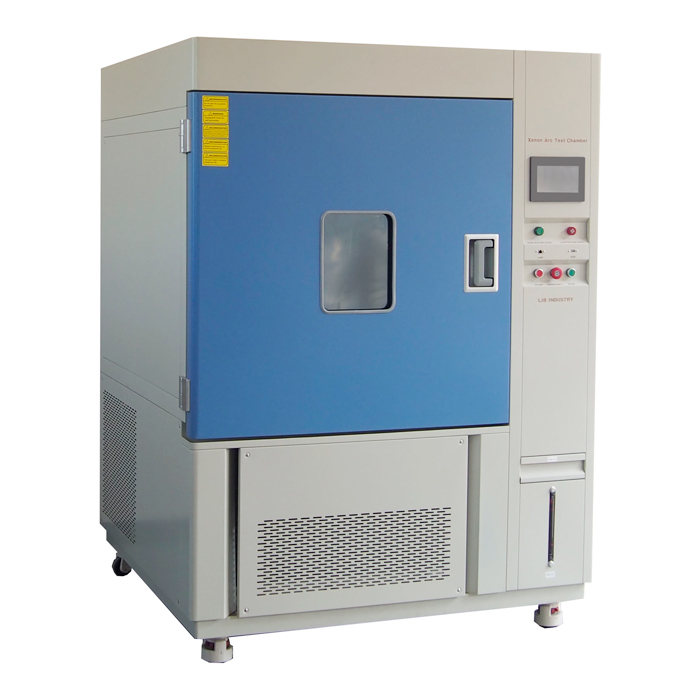
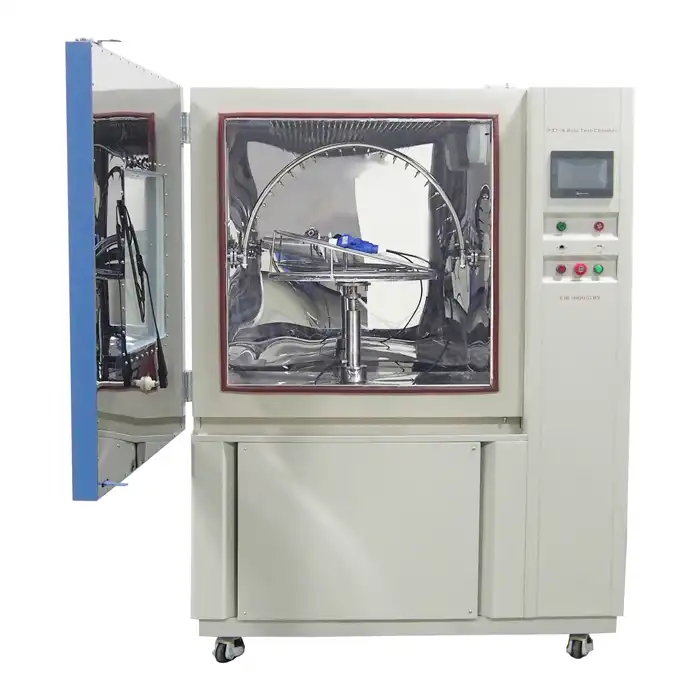
.webq.jpg)
